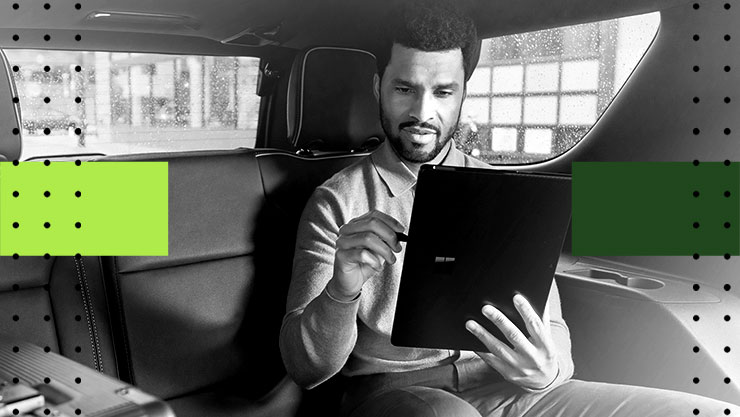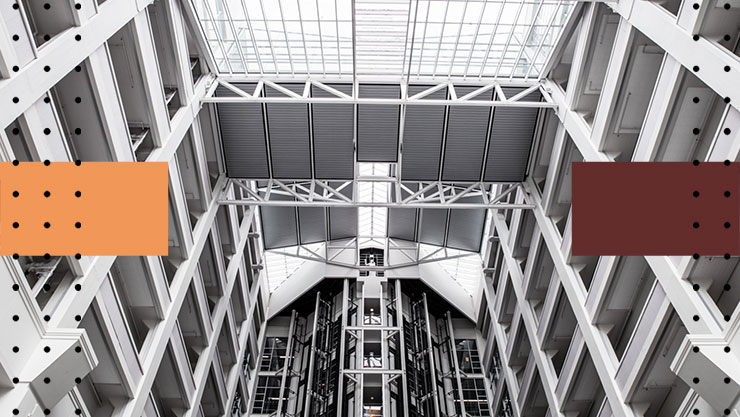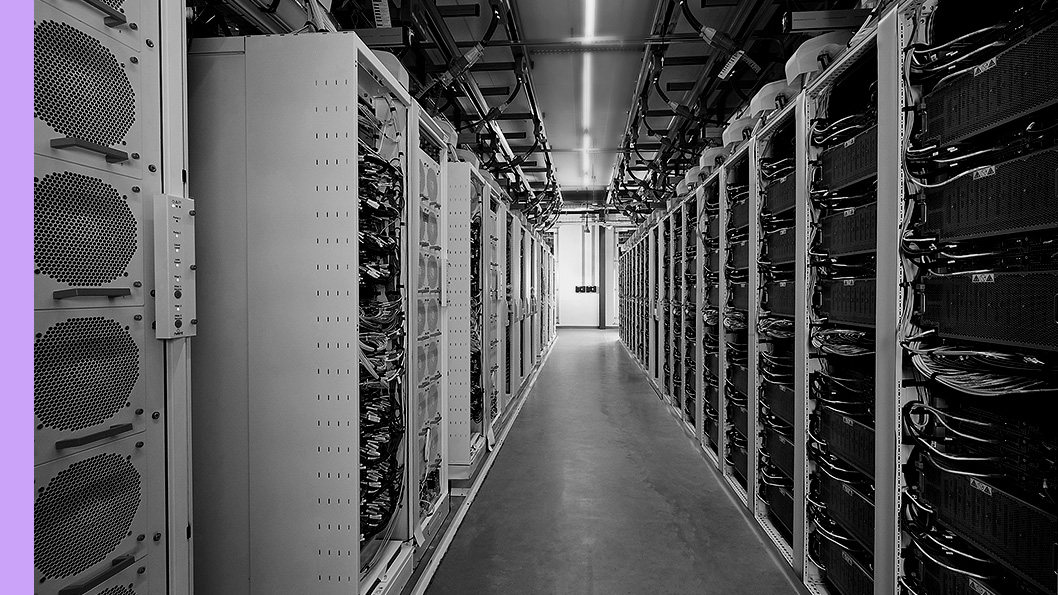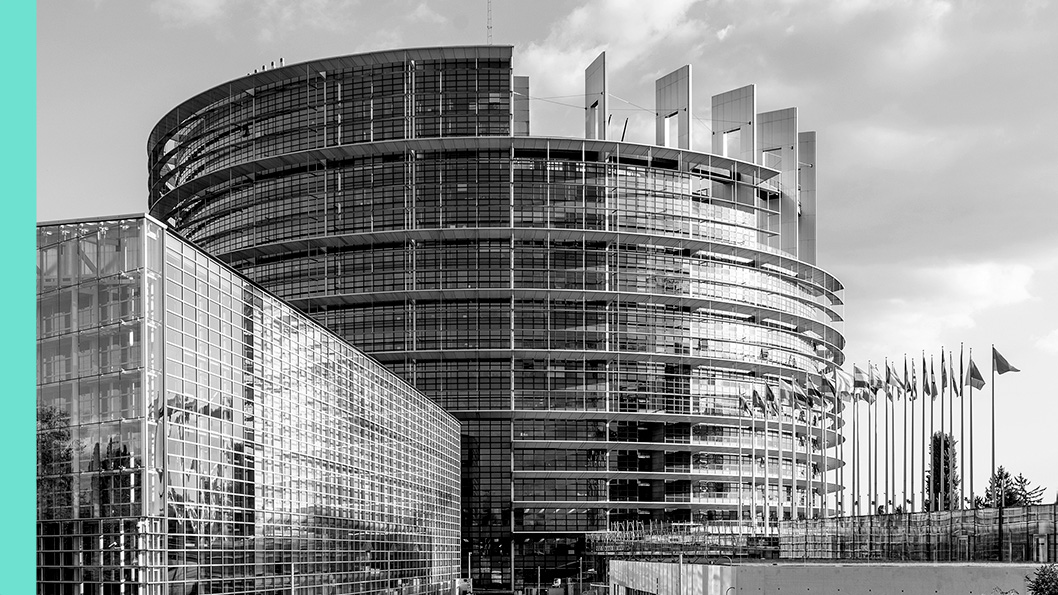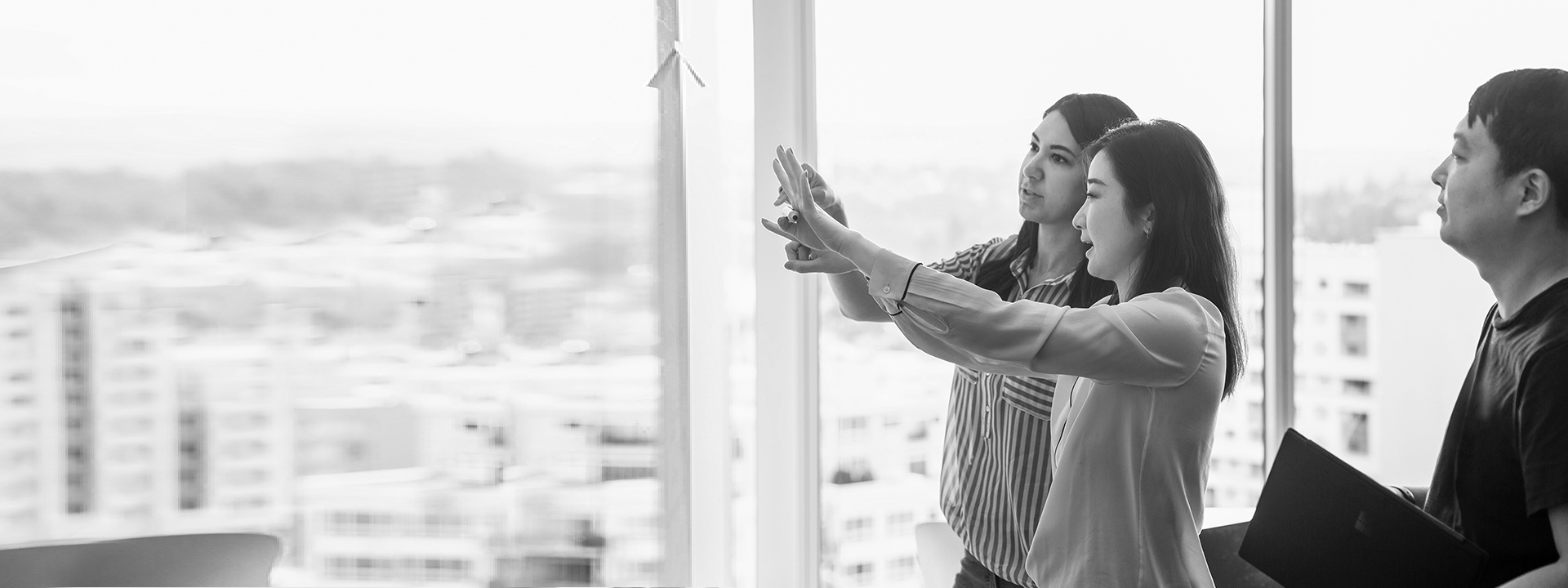
Public Sector Center of Expertise and Digital Skills
Tools and insights to drive digital innovation within the public sector. Discover valuable lessons, expert insights, skill-building resources, and best practices designed to accelerate your AI and digital transformation journey.
Advance Your AI and Digital Transformation

Cloud
Public sector organizations around the world are using cloud technologies to fuel innovation. Learn how migrating to the cloud can help accelerate your AI and digital transformation.
Explore our cloud content
Artificial Intelligence
From resiliency to service delivery, learn how public sector organizations are adopting artificial intelligence to revolutionize the way they operate.
Explore our AI content
Cybersecurity
A secure foundation is vital for public sector organizations to protect their digital assets. Learn about the importance of adopting modern security technology and processes.
Explore our cybersecurity content
Skilling
Adopting AI requires investing in the skills and knowledge of the public sector workforce. Find skilling articles, training videos and resources to help you accelerate and drive innovation.
Explore our skilling content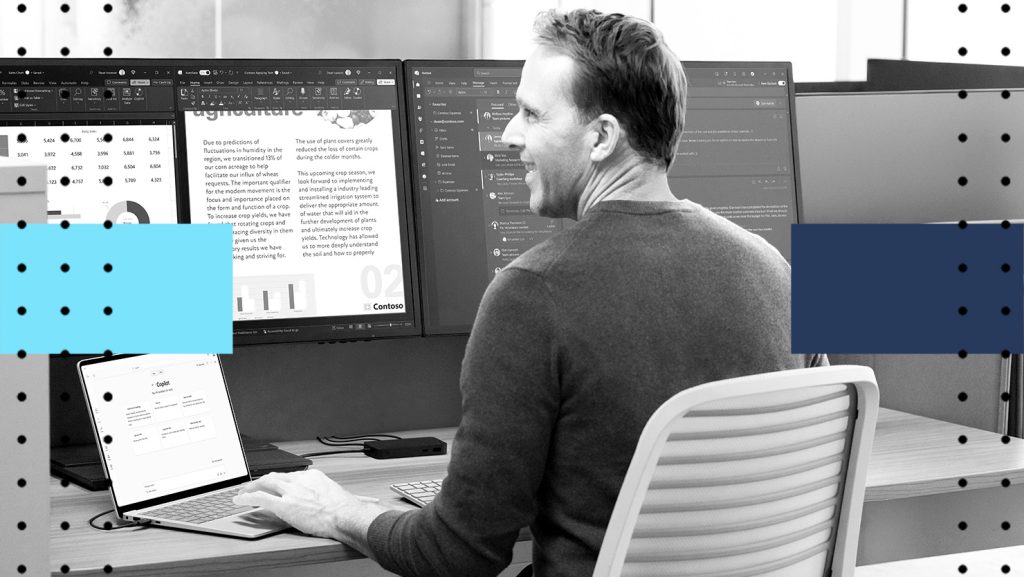
Boost Public Sector Productivity with Microsoft 365 Copilot Chat
Microsoft 365 Copilot Chat is at the center of Microsoft 365 Copilot. When grounded in web data, you can ask Copilot questions, help draft content, and summarize files. If you have the Copilot add-on license, you can switch Copilot to be work-grounded which allows you to incorporate your work content, including chats, email, and files.
Watch the video
Optimize Government Operations with Copilot Agents
Explore how Copilot Agents are revolutionizing government operations by automating routine tasks, enabling faster decision-making, and enhancing service delivery. Agents extend the capability of Microsoft 365 Copilot in exciting ways, letting you customize your Copilot experience to fit your specific needs by connecting to your organization’s knowledge and data sources, as well as automating and executing business processes.
Watch the video
Explore Agentic AI for Public Services
Agentic AI represents the next frontier in public service delivery, offering tools to enhance responsiveness, personalization, and citizen engagement. This video delves into how public sector organizations can harness this technology and create impactful solutions.
Watch the video
-
Manage your public sector data estate: 3 steps to take to harness the full potential of AI
As the capabilities of Artificial Intelligence (AI) continue to expand, public sector organizations are increasingly looking to harness AI to improve operations, enhance services, and safeguard public resources. Taking steps now to prepare your data for AI use will be a good investment of time that will enable you to fully harness the power of AI to enhance decision-making processes and deliver more efficient and effective services to the public.
Read the article -
“Build Your Own” Office 365 and Microsoft 365 Copilot Data Protection Impact Assessment for the Public Sector
At Microsoft, we are committed to helping our public sector customers embrace the most cutting-edge technologies while ensuring they have the information they need to enable them to continue to meet their compliance obligations. It is in that spirit, and based on customer feedback that we are pleased to share our revamped “Build Your Own” Data Protection Impact Assessment template for Office 365.
Download the template -
The Innovate Together Program
Connecting Public Sector organizations together to learn from one another and help transform at scale through collaboration and sharing of resources.
Explore the Innovate Together Program Innovation Library
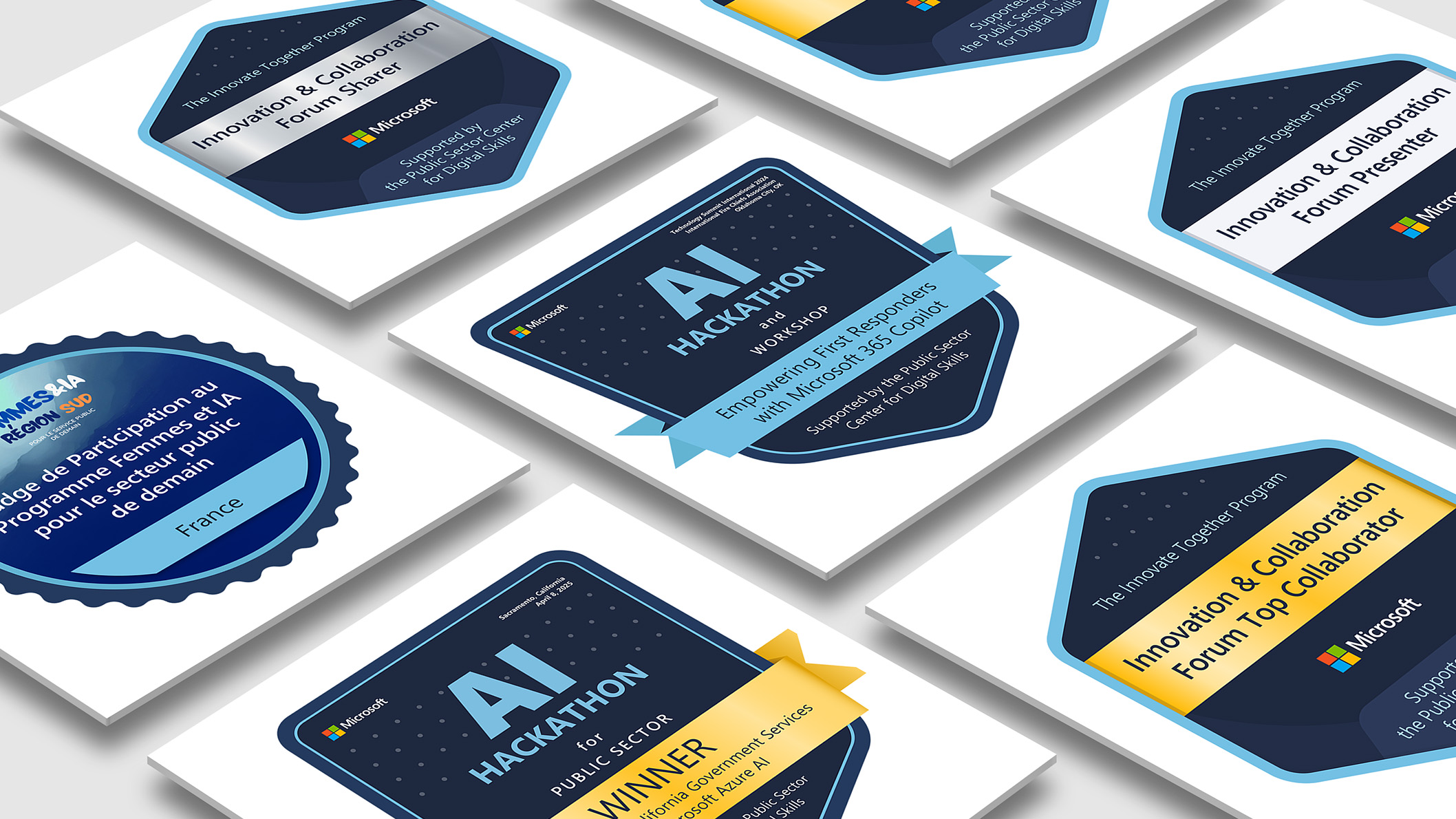
Celebrating Digital Growth in Public Service
Empowering public servants with digital certifications that honor their dedication to learning new skills, staying ahead of emerging digital trends, and driving innovation within their organizations. These certifications reflect their commitment to advancing digital transformation efforts in the public sector, fostering excellence, adaptability, and progress in an ever-evolving digital landscape.
View our Credly digital certificationsPublic Sector Skilling on Microsoft Learn
Enhance public sector services with generative AI
Take this Microsoft Learn training module to learn more about what generative AI is and its capabilities. Understand the potential ways public sector organizations can use generative AI to enhance productivity and deliver better services – such as simplifying case management, assisting in fraud investigations and accelerating discovery to help detect, prevent and respond to cyberattacks.
Take this Microsoft Learn moduleFoundations of a modern public sector security operations center
Take this Microsoft Learn training module to learn more about modernizing your public security operations center to enhance your organization’s resilience against cyberattacks. Understand the importance of modernization, the challenges and threats facing public sector organizations, and the steps to take to modernize your security operations.
Take this Microsoft Learn moduleBrowse Our Library of Content and Resources
Connect, collaborate, and innovate with other public sector organizations by joining an Innovation and Collaboration Forum.

